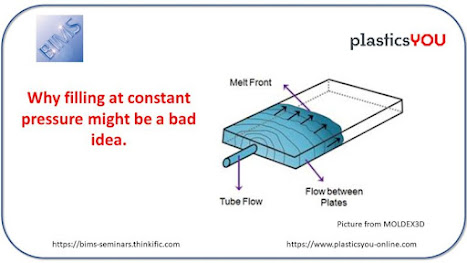Legislation, competition and electrification are driving significant innovation in the transport sector. The automotive industry’s emphasis on zero-emission vehicles aligns with broader efforts to reduce carbon emissions, with a growing focus on sustainable materials beyond batteries and electric motors.
“This is a transformative time for many industries, with companies assessing and evolving in line with government demands and consumer expectations, said Per Mårtensson. Responses can range from mitigating the environmental toll of raw materials and production to improved waste management, as well as developing new technologies that deliver efficiency gains. In the automotive industry, this translates into an increased emphasis on circular, recycled and sustainable materials to support the goal of zero emission vehicles.”
Weight reduction on the scope
One of the current methods used to enhance vehicle efficiency is lightweighting, regardless of the propulsion system. Consequently, manufacturers are actively seeking solutions to diminish the overall mass of vehicles while upholding environmental considerations. This endeavour is particularly notable in the sector of electric vehicles (EVs), where battery weight impacts both efficiency and driving range. “The rapid rise of EVs has been a huge shift for the automotive industry, bringing forth new challenges, continued Per Mårtensson.
The weight reduction trend was already present, but now it has intensified as more OEMs recognise the significance of sustainable lightweighting, dematerialisation, as well as the need for viable and circular end-of-life options for the materials used.”
The viable, circular options Per Mårtensson refers to just happens to include ampliTex™, Bcomp’s flax fibre-based composite technology. It has been featured in a wide variety of applications from tennis rackets and skis to motorsport wings, satellite panels, where its use and that of Bcomp powerRibs™ have been a resounding success. Now, the company has achieved the long-term goal of integrating its technology into a production vehicle, the new Volvo EX30 small fully electric SUV. With the lowest carbon footprint of any model in Volvo Cars’ history (the lowest carbon footprint of any Volvo car to date statement relates to available products over 200,000 km of driving), the EX30 is launching with the option for innovative natural fibre composites in its dashboard and door trim.
“Bcomp’s work with Volvo Cars to integrate the Bcomp ampliTex™ into a global production vehicle has been ambitious, rewarding, and significant”, according to Per Mårtensson. Bcomp technologies have already been used in some of the most extreme scenarios imaginable, but one of the company’s main goals was to efficiently scale and achieve meaningful impact within the transport sector. The inclusion of ampliTex™ panels in a large-scale automotive application is a very exciting advance that highlights the opportunities for forward-thinking vehicle manufacturers.
A fruitful collaboration
The collaboration between Volvo Cars and Bcomp began in 2018, during the Volvo Ocean Race recycled plastics demonstrator vehicle project, which focused on using recycled and circular materials. This prototype vehicle incorporated powerRibs™ into several semi-structural interior elements, garnering attention from Volvo’s engineering team. In turn, this lead to inclusion of Bcomp technologies in the Volvo Concept Recharge a few years later.
The EX30 is available with four interior specifications, known as ‘rooms’ which provide a distinct ambiance. Two of these rooms include high-quality parts made from ampliTex™, a technical fabric made of a flax textile weave. Derived from renewable European-grown flax, ampliTex™ harnesses the natural aesthetic and mechanical characteristics of flax fibres. This fabric enables the production of lightweight high-performance composites with a distinct aesthetic and excellent vibration damping – perfect for interior.
Source:bcomp/jeccomposites













